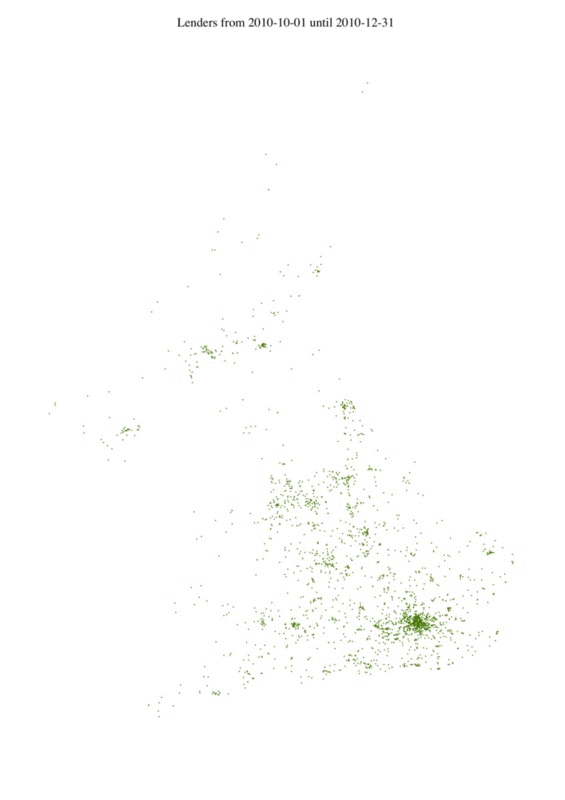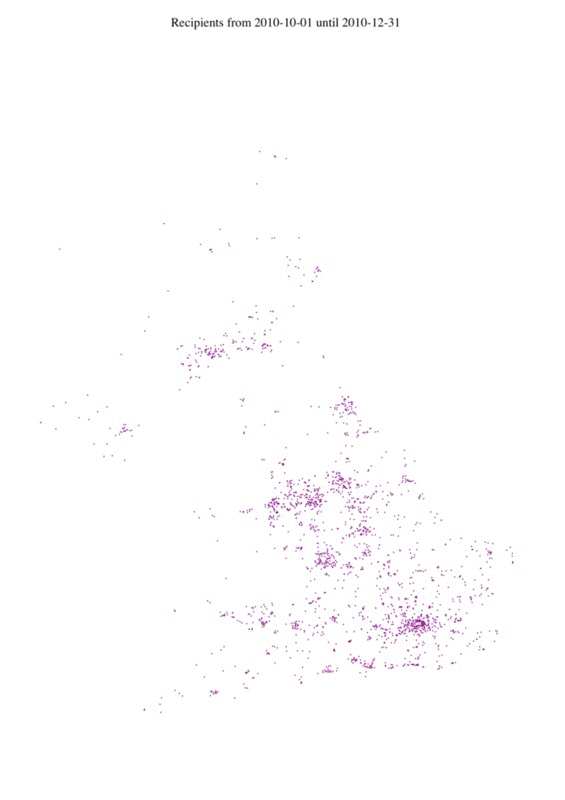Welcome to the ODI
Knowledge for everyone
The ODI helps to unlock the value of open data.
If you want to use our logo, different sizes and types are here: http://theodi.org/brand
 |  |
Last year, in June 2013, we estimated that the peer-to-peer (P2P) market will be worth £1 billion at least by the year 2016.
In fact, market data by the Peer-to-Peer Finance Association shows how the P2P companies have lent £900 million in the first three quarters of 2014. They will hit our prediction by the end of this year because of an exponential growth of loans to businesses and consumers.
This is a great success story for one of the first industries in the financial sector to embrace open data. RateSetter, an ODI member, Zopa and Funding Circle are the three leading P2P platforms in the UK. They were part of the consortium which published all transaction, i.e. 14 million loan parts to highlight the regional geography of lending.
The uptake of crowdfunded loans continues and is encouraged by the UK government, for example, by planning to introduce a new individual savings account designed for peer-to-peer lending.
In March 2014 the Financial Conduct Authority laid down the new rules for the crowdfunding industry, which includes P2P. The rules were set to provide greater transparency and clearer information about risks, a move that was anticipated with the opening up of data in our project.
The P2P industry is an example of how open data can create trust with consumers and regulators and therefore accelerator the core business proposition. Other organisations in the finance world, such as the Bank of England, have adopted the UK Open Government Licence. There is still a huge opportunity for banks to become more open.
Peer-to-peer (P2P) platforms are online sites that match lenders to recipients. At this basic level they are much like banks. However, unlike banks, P2P platforms usually do not invest these funds solely at their own discretion. Instead some enable lenders to directly make investment decisions by choosing the recipient they fund or allowing lenders to define the general social or financial features of the projects in which they want to invest.